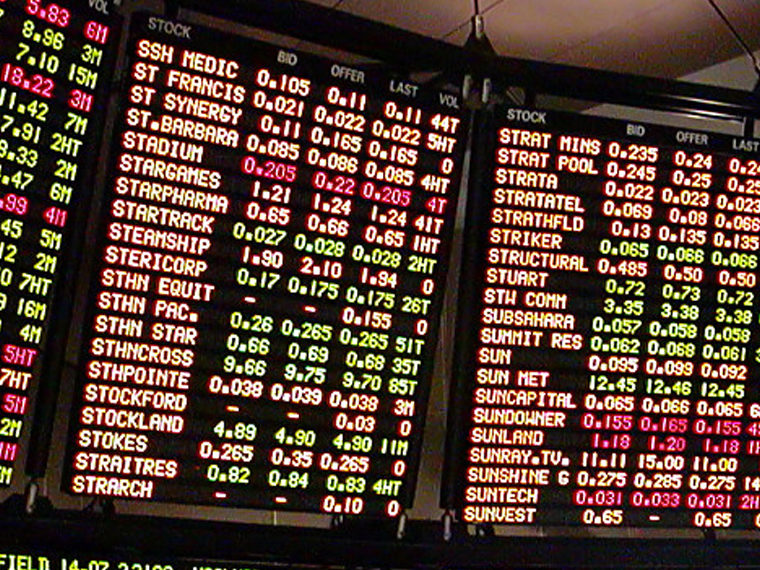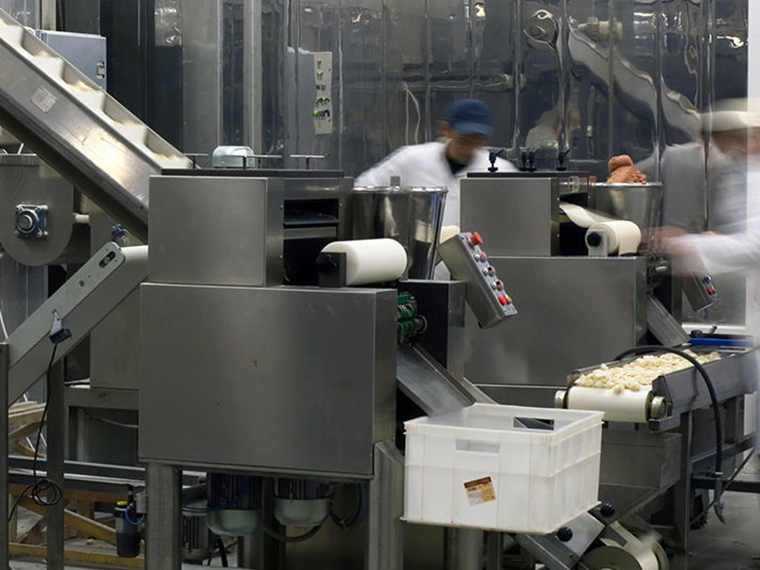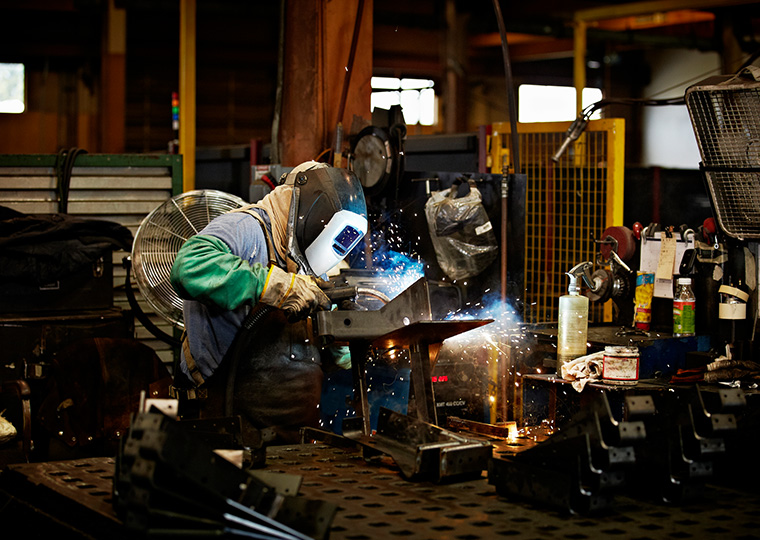Looking at costs, in a sample of 5,000 plants in Chile, remarkable productivity gains occur
There has long been agreement that manufacturers that export are more productive than those that don’t. But why that’s so has been open to debate. Is it because the plants that go into exporting are more efficient to begin with? Or do they become more productive as a result of their exposure to global competition?
Previous studies suggested the answer might be self-selection: The most productive plants are those that go into exporting. But a study by Alvaro Garcia-Marin of the Universidad de los Andes and Nico Voigtländer of UCLA Anderson provides powerful evidence that factories do, in fact, up their game when they enter the world economy.
In an analysis of nearly a decade of Chilean manufacturing data, the researchers found that plants that went into exporting reduced their marginal cost of production (the cost of producing an additional item) between 15 and 25 percent in the three years after export entry.
Opt In to the Review Monthly Email Update.
The export entrants that were initially least productive showed the biggest gains, which suggests that access to larger, more competitive markets provides incentives to innovate and invest in technology that improves productivity. The data support this view, showing that plant-level investment, especially in machinery, spiked after export entry.
These findings, forthcoming in the Journal of Political Economy, are based on different methodology than some past studies of the topic. Previous research relied on a measure known as revenue productivity, which reflects the total revenues of a plant relative to its composite production inputs (capital, labor and raw materials). Studies using this yardstick found little evidence of in-plant productivity gains after export entry. Garcia-Marin and Voigtländer argue that the earlier zero results manifest because of an important shortcoming of revenue productivity.
Revenues are the product of output price and quantity. Suppose that when a plant becomes more efficient it not only produces more output quantity with given inputs but also charges lower prices. Then the effect on revenues is ambiguous. In particular, if the decline in output prices is similar to the increase in output quantity, then revenue productivity does not change — despite the fact that the plant became more efficient. In other words, efficiency gains are passed on to customers through lower prices, rather than captured by the producer in the form of higher markups.
This is exactly what Garcia-Marin and Voigtländer observe, on average, for Chilean export entrants. Applying the standard measure suggests that export entrants did not become more efficient. The underlying plant-product-level data comes from Chile’s Annual National Industrial Survey, for the years 1996 to 2007. To correct for the bias in revenue productivity, Garcia-Marin and Voigtländer use a different, cost-based tool. They estimate each plant’s production function and then compute the marginal cost for each of its products, using novel techniques from the industrial organization literature. A plant’s marginal cost is affected by its efficiency, but not by output prices. Thus, the marginal cost measure is immune to the usual price bias. Garcia-Marin and Voigtländer show that, under conditions that hold in their data set, measured reductions in marginal costs translate one-to-one into underlying (unobserved) efficiency gains.
To show that the observed efficiency gains after export entry are causally related to trade, Garcia-Marin and Voigtländer use changes in export tariffs faced by Chilean producers. For example, if the U.S. lowers its tariffs on wine from Chile, more Chilean wine producers begin to export. Correspondingly, Garcia-Marin and Voigtländer use predicted export entry of plants based on falling export tariffs for the products they sell. This approach confirms the main results: Marginal costs drop by about 25 percent after (predicted) export entry.
Garcia-Marin and Voigtländer also conducted follow-up studies using information from Columbia and Mexico, where similar data exist for the manufacturing sector. The results in both countries resemble their findings for Chile.
Factories in Colombia enjoyed a decline in the marginal cost of production of 40 percent in the period immediately following export entry. Mexico’s decrease in the marginal cost of production was 20 percent. One possible explanation for that difference is that Mexico’s exporting sector is skewed toward large plants that enter the exporting business already at a more efficient level. In both countries (similarly to Chile), output prices fall one-to-one with marginal costs. That is, export entrants pass on their efficiency gains to consumers in the form of lower prices. Consequently, the standard revenue productivity measure fails to capture the efficiency gains.
Why do new exporters reduce prices when they become more efficient? Garcia-Marin and Voigtländer attribute this to a process known as demand building. New market entrants do not have a stable customer base yet, and thus compete with low prices. This has previously been shown for new domestic producers. Garcia-Marin and Voigtländer’s findings suggest that new exporters behave similarly, passing on their efficiency gains to their customers.
Featured Faculty
-
Nico Voigtländer
Professor of Global Economics and Management
About the Research
Garcia-Marin, A., & Voigtländer, N. (2017). Exporting and plant-level efficiency gains: It’s in the measure.






